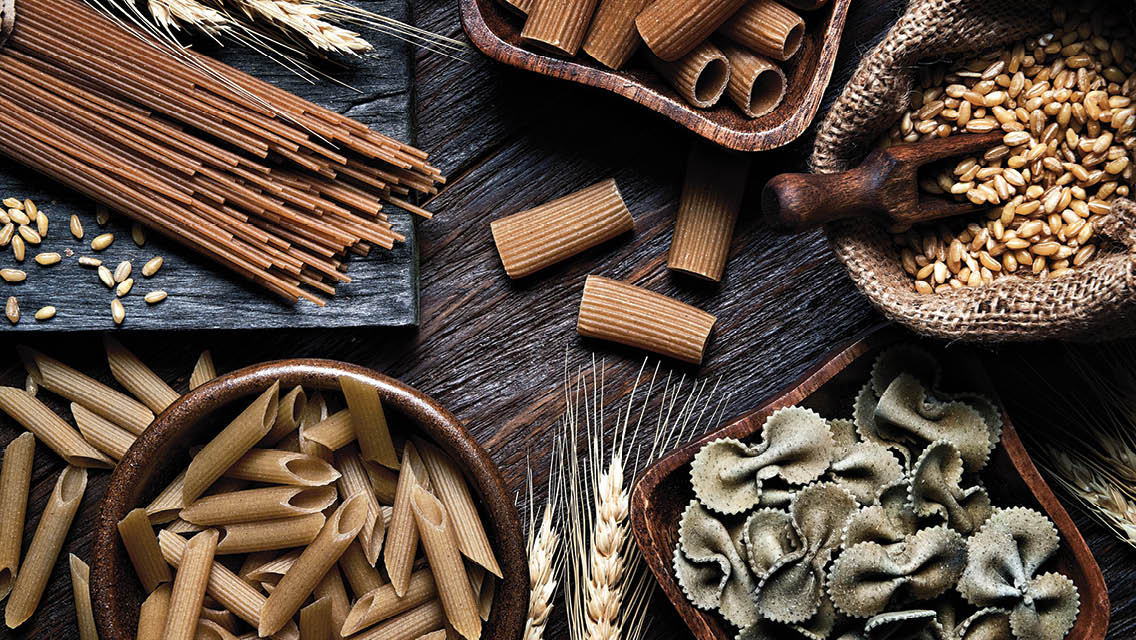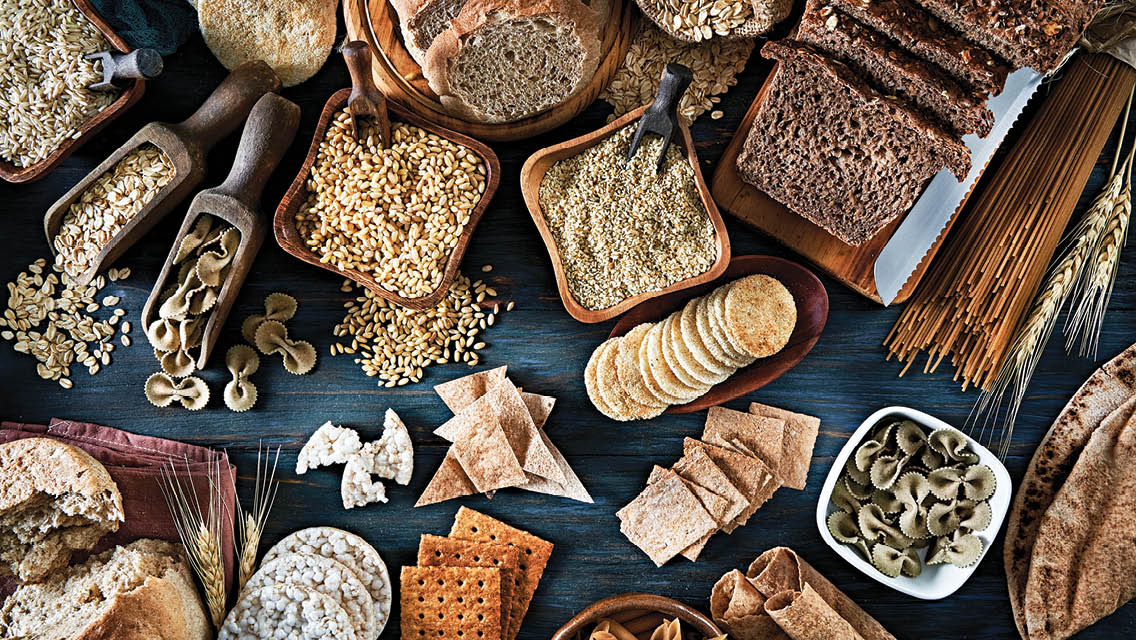1) Brain:
The proteins in wheat directly affect the brain. Able to cross the blood–brain barrier, wheat-derived substances attach to the brain’s opiate receptors and trigger appetite and cravings.
2) Blood:
Levels of sugar in the blood spike within a few short minutes of eating foods made from flour. The chains of simple sugars, especially those in wheat, cause a greater spike in blood sugar than virtually any other food, including table sugar.
3) Pancreas:
The pancreas has to crank out a lot of insulin to metabolize the glucose in flour-rich foods, which can set the body up for insulin resistance, diabetes, and body-wide inflammation.
4) Waistline:
Over weeks and months, the yo-yo effect of rising and falling blood sugar and insulin levels increases the body’s fat storage around the abdomen. Called visceral fat, this extra padding is hormonally active, churning out a disruptive array of inflammatory signals and even sex hormones, such as estrogen.
5) Gut:
The cells that line the walls of your intestines form a tightly woven barrier. But a protein called zonulin can create chinks in the body’s intestinal armor, allowing particles of food to pass through the gut’s lining undigested. Wheat contains a protein called gliadin that causes excess production of zonulin. As a result, the body’s immune system goes into chronic overdrive. Food allergies and sensitivities may develop as a result of gut inflammation, along with an array of attendant digestive, skin, and other chronic conditions.
6) Colon:
Over time, the blood-sugar highs and lows that result from a flour-rich diet can damage nerve cells that drive gut motility. Eventually, transit time slows and traffic backs up.
This originally appeared in “The Truth About Grains: Whole and Refined” in the July/August 2012 issue of Experience Life.




This Post Has 0 Comments